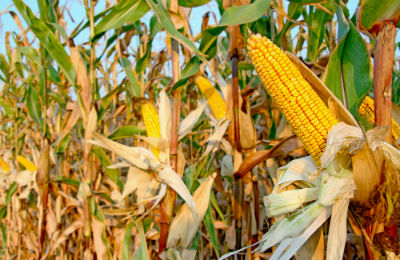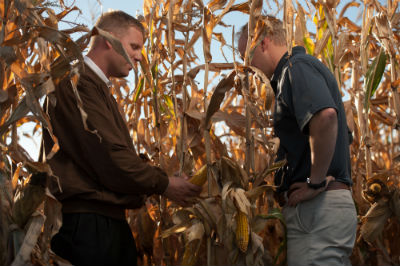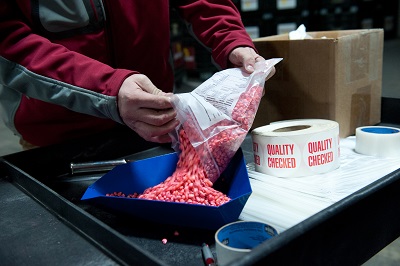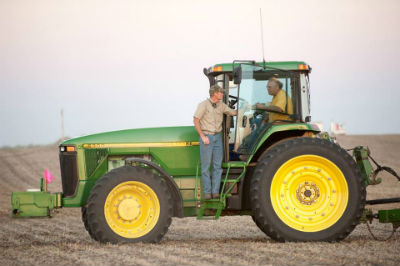It’s that time of year again. Early mornings, late nights, meals in the field, trips to the parts store…it’s harvest. Before the rush begins, we remind you to scout your corn fields and clean your combine and other equipment.
Scout Your Fields Using the 3 S’s
Before you start up that combine, scout your fields to make sure they’re ready to harvest. Use the 3 S’s as your guide.
 Stage of Growth – Check if your corn has reached black layer or if the milk line is still working its way down.
Stage of Growth – Check if your corn has reached black layer or if the milk line is still working its way down.- Stock Attachment – Check how strongly your ears are attached to the shank. If ears start to fall when you lightly move it, then you may want to consider harvesting that field early.
- Stalk Quality – Check stalk quality by grabbing a shovel, digging up a few and splitting them open about half way down. arIdeally, cannibalization should be only happening at 1 or 1 1/2 nodes above the crown.
Clean Your Combine for Seed or Identity Preserved Grain Harvest
Cleaning your combine before harvest is an important step. Are you, and your employees, following a checklist to ensure every step is being done? We have created a checklist for you to use.
- Open sieves and clean out doors
- Increase air flow to maximum
- Run machine in place at field RPM’s for 2-3 minutes
- Stop machine and shut down engine
Brush, blow, vacuum or flush with high pressure all of these items. Work from the top down:
- Grain tank and unloading auger
- Straw rack and grain sieves
- Header and feeder areas
- Cylinder and concave areas
- Cross auger and grain elevators
Finish by letting everything dry out, and resetting sieves and air flow. Then you’re ready to harvest. Consider keeping the first 50 bushels separate as commercial or feed grain, not seed.
Clean Your Hauling and Handling Equipment
Cleaning your seed hauling and handling equipment is just as important. Here is a checklist for you or your employees to follow. Remember, safety first!
Flush, vacuum, blow or brush all of the following:
- Augers and elevators
- Storage bins and boxes
- Grain beds, trucks and trailers
- Used sacks or bags
Have a Safe & Prosperous Harvest
Wishing you all a safe and prosperous harvest in 2015. As always, we are here to help. Contact us if you have questions about scouting your fields or if you need assistance developing a cropping plan for 2016.




 It’s a team effort, with the goal of higher profits in 2015.
It’s a team effort, with the goal of higher profits in 2015.

 It is that time of year again, seed orders are being processed and delivered to customers. Yet, do you as a farmer; fully understand what you are purchasing in that bag of seed? Yes, it is corn seed but we view this seed as much more than just corn seed. This seed is a genetic cross between a female and a male inbred to produce a hybrid. At
It is that time of year again, seed orders are being processed and delivered to customers. Yet, do you as a farmer; fully understand what you are purchasing in that bag of seed? Yes, it is corn seed but we view this seed as much more than just corn seed. This seed is a genetic cross between a female and a male inbred to produce a hybrid. At  SWOT is a simple system that can be used to analyze your business.
SWOT is a simple system that can be used to analyze your business.
